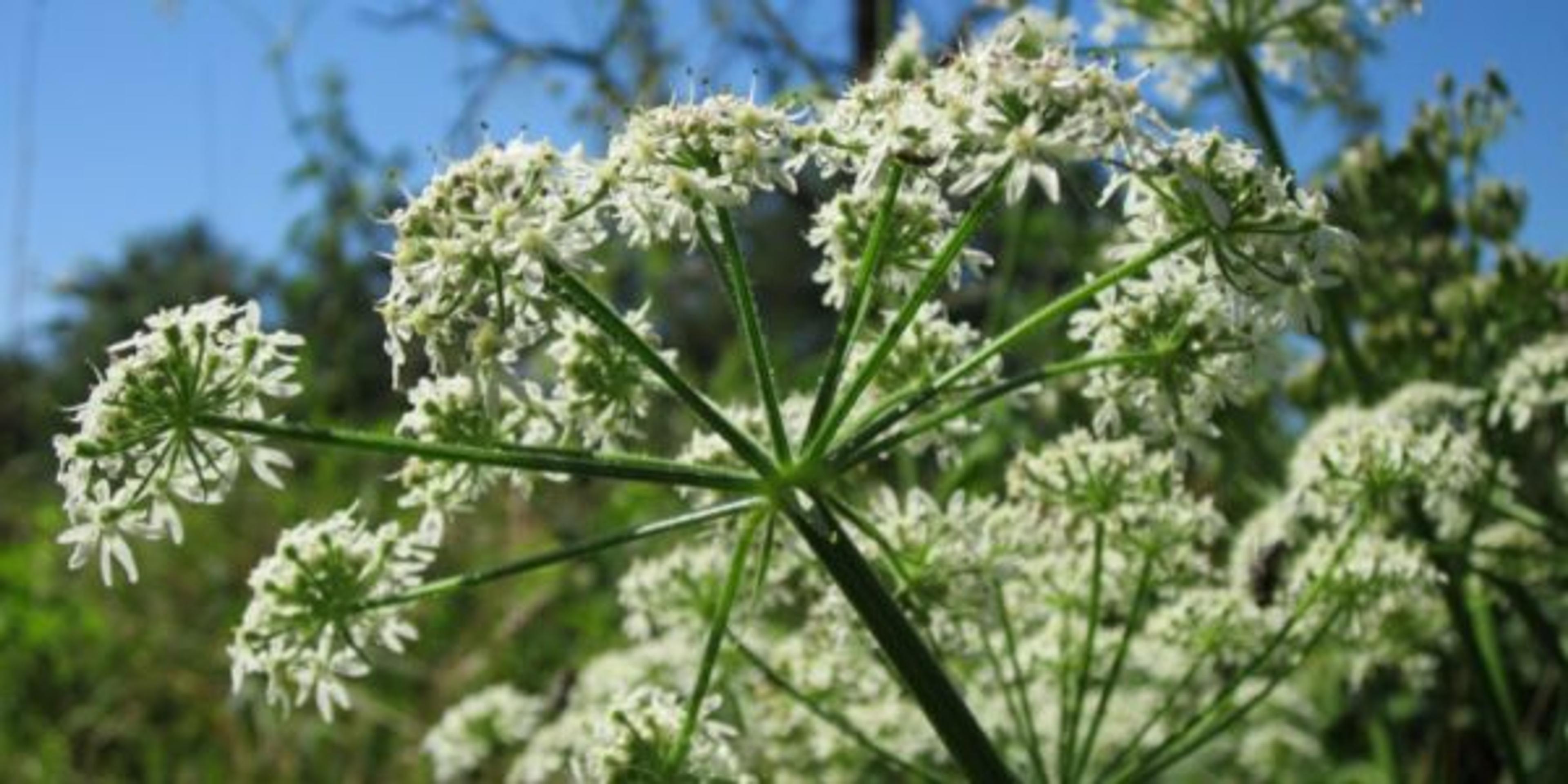Michigan’s Most Dangerous Plants: Q&A with a DNR Expert
3 min read

It’s not often that plants make headlines, but recently one called giant hogweed has been all over the news. Reports state merely touching it can cause severe burns, blistering and possible blindness. It’s enough to make you want to stay inside all summer long! But is that really necessary? We caught up with Ray Fahlsing, the unit manager from the Parks and Recreation Division of the Department of Natural Resources, and got him to answer our questions about what’s really lurking out there in Michigan’s great outdoors.
Q: Do Michiganders need to worry about giant hogweed?
A: The good news: Giant hogweed is uncommon in Michigan. The bad news: If you do come across it, it’s pretty dangerous. Luckily, the plant’s appearance is unmistakable. It’s extremely tall, growing anywhere from eight feet to 20 feet in height, with huge flower heads that look like inside-out umbrellas. The reason it’s so dangerous has to do with its sap: It can cause phytophotodermatitis, a condition where your skin becomes extremely sensitive to UV light, potentially leading to blistering or discoloration. If you come into contact with giant hogweed, wash the sap off immediately and follow up with a health care professional for proper treatment.
Q: Are there more common plants we should be worried about?
A: There are some dangerous plants that are more common in Michigan. When you’re outside, keep an eye out for these:
- Wild parsnip: This plant resembles the giant hogweed, but is smaller with mustardy-yellow flowers. The sap can also cause phytophotodermatitis, so steer clear of it. It is common along grassy, sunlit areas (like prairies and hayfields), roadsides and park trails where mowing can spread the seeds along. It’s expected to become more and more common in Michigan.
- Poison hemlock: This plant is common in southwest Michigan, especially Muskegon, and can be very dangerous. Toxins from it can seep into your skin if you touch it, causing symptoms like dizziness, trembling, paralysis, and, in some cases, death. Even dead plants are poisonous, so you should wear gloves and a face mask if you handle them.
- Poison ivy: Everyone knows about poison ivy, but it is one of the most common types of dangerous plants you’ll see in Michigan. Go by the common phrase “leaves of three, leave it be,” even though there are plenty of plants with three leaves that aren’t dangerous. If you think you’ve walked through poison ivy, use a poison-ivy specific wash or dish soap to get the oil off your skin.
- Also watch out for poison sumac and stinging nettles. They’re tall plants, so you’re more likely to brush up against them, which can cause irritation and itching.
Q: How can people stay protected?
A: The best thing you can do is understand what the above plants look like, where they’re commonly found and how to treat yourself if you’ve been in contact. Arming yourself with knowledge before you go camping or hiking will keep you and your family safe. Try to wear long pants and close-toed shoes when hiking and keep a first aid kit on hand for immediate treatment. Lastly, go and have fun! Don’t let your fears of coming in contact with these plants stop you from enjoying nature.
Photo credit: pxhere.com









